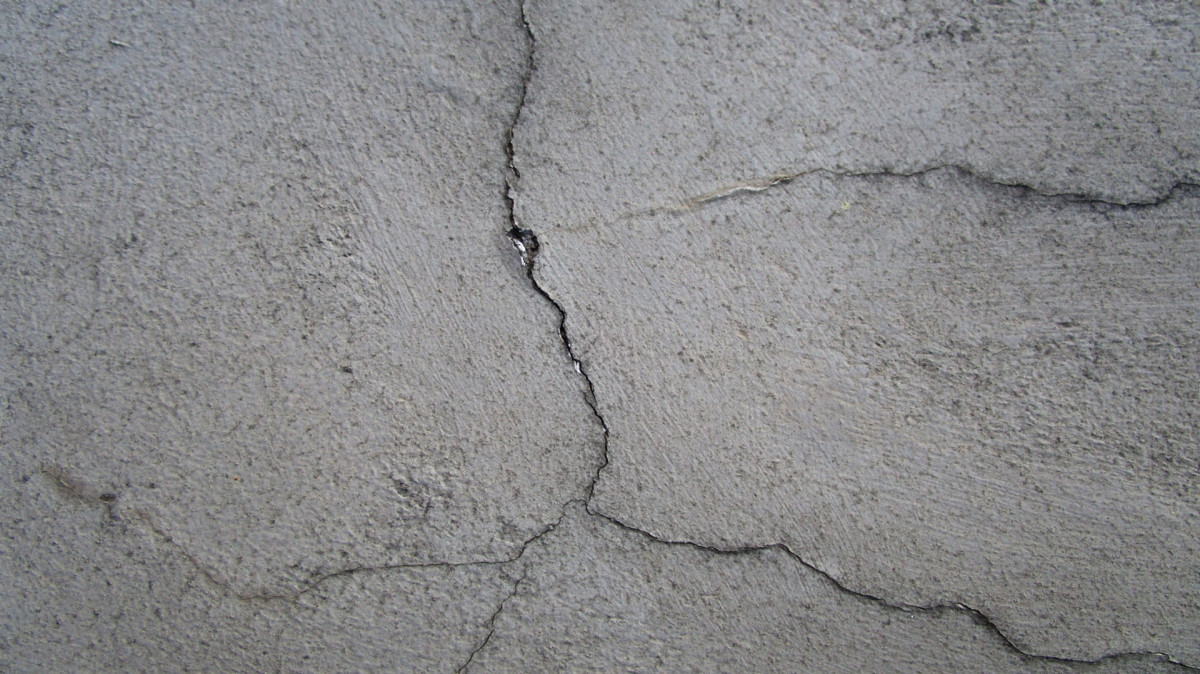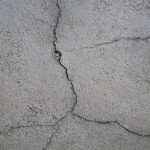Horizontal wall cracks can be alarming for any homeowner, signaling potential structural instability or foundation issues. These cracks are not only aesthetically displeasing but could also indicate more severe problems affecting the building’s safety. This article delves into the causes of horizontal wall cracks, methods to repair them, and preventive measures to avoid future occurrences.
1. Identifying Horizontal Wall Cracks
Horizontal cracks typically appear along the walls at points where the structural integrity of the building is compromised. Unlike minor cosmetic cracks, these are often deeper and run parallel to the building foundation. They can be found in basement walls made of concrete, block, or stone and are generally seen as a serious concern.
2. Causes of Horizontal Wall Cracks
Understanding the root causes of horizontal cracks is crucial for determining the appropriate repair strategy. Common causes include:
- Hydrostatic Pressure: This occurs when water accumulates in the soil surrounding the foundation, exerting pressure that pushes against the walls. The pressure can cause the walls to bow inward, leading to cracks.
- Poor Drainage: Inadequate drainage can exacerbate the accumulation of water around the foundation, increasing hydrostatic pressure.
- Soil Pressure: Different soil types expand and contract based on moisture content, exerting variable forces on the foundation walls. Clay soils, in particular, are notorious for causing such issues due to their expansive properties when wet.
- Construction and Material Faults: Inadequate construction practices or the use of poor-quality materials can reduce wall resistance to natural pressures, leading to cracks.
- Freeze-Thaw Cycles: In colder climates, the freeze-thaw cycle can cause soil to expand and contract, which similarly exerts pressure on the walls.
3. Evaluating the Severity of Wall Cracks
Before undertaking any repairs, it is essential to assess the severity of the cracks. This assessment will guide the repair method and urgency. Signs that suggest severe structural damage include:
- Cracks that are wider than 1/4 inch
- Cracks that are leaking water
- Doors and windows that no longer open or close properly
- Visible bowing or bulging in the wall
- Cracks spreading rapidly or appearing suddenly
If these signs are present, it is advisable to consult with a structural engineer or a professional foundation repair specialist to determine the extent of the damage and the best course of action.
4. Repair Techniques for Horizontal Wall Cracks
The repair technique chosen will depend on the crack’s cause, location, and severity. Common repair methods include:
a. Epoxy and Polyurethane Injections
For minor cracks that do not compromise structural integrity, epoxy and polyurethane injections are effective. These materials not only seal the crack but also bond the crack’s walls, restoring some of the wall’s original strength.
b. Wall Anchors
Wall anchors are used to counteract pressure exerted on the wall. They involve embedding anchors in the soil away from the wall and connecting them to the wall with steel rods. By tightening the rods, the wall can be gradually pulled back towards its original position.
c. Carbon Fiber Straps
Carbon fiber straps are applied over the crack to hold the wall in place and prevent further movement. This method is less invasive and can be a cost-effective solution for stabilizing bowing walls.
d. I-Beams
Installing steel I-beams against the wall can help support and stabilize the wall from further movement. This method is often used when substantial wall movement is detected.
e. Complete Wall Reconstruction
In cases where the damage is extensive, partial or complete reconstruction of the wall may be necessary. This method is the most invasive and expensive but may be required to restore structural integrity.
5. Preventing Horizontal Wall Cracks
Preventative measures can significantly reduce the risk of developing horizontal wall cracks. Some strategies include:
- Improving Drainage: Ensure that gutters, downspouts, and grading direct water away from the foundation.
- Waterproofing: Apply waterproof coatings to basement walls to prevent moisture ingress.
- Soil Management: Regulate soil moisture levels around the home, particularly avoiding water saturation in clay-heavy soils.
- Regular Inspections: Conduct periodic inspections of the foundation and walls to catch and address issues early.
6. When to Seek Professional Help
While minor cracks can sometimes be addressed with DIY solutions, significant or rapidly worsening cracks require professional assessment. Structural engineers or foundation repair specialists can offer solutions that not only address the immediate issue but also consider the home’s long-term stability.
Horizontal wall cracks are a significant concern for homeowners, but understanding their causes and solutions can help in effectively managing them. Whether through direct repairs such as injections and anchors or more extensive interventions like wall reconstruction, it’s crucial to address these cracks promptly. Employing preventative measures and seeking professional advice when necessary can also ensure that your home remains safe and stable for years
Contact the Professionals at Everdry Waterproofing Of Columbus Today! (614) 850-5600











